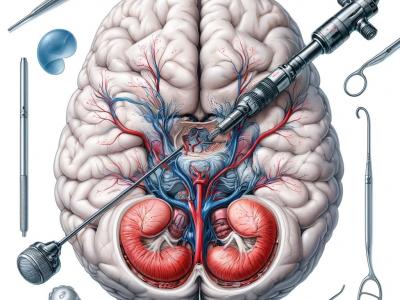Image Processing

This study used boots, aircraft, cells, pliers, and guitars from 2D shapes included in the literature as data sets to test modeling success. These 2D shapes, which are mostly not publicly available data sets, form the target curves of IP. In this study, hand drawings with a curved structure were used in modeling, where the success of fitting precision could be better determined.
- Categories:
 70 Views
70 ViewsThe data used in this study was gathered from various practical applications, specifically sourced from an access control device that incorporates a hardware module. Meanwhile, the data acquired through sampling conducted under 850nm light. The hardware device itself was utilized in diverse scenarios, encompassing indoor and outdoor environments, with and without background influences. Users participated in the data collection process by placing their palms naturally onto the device for multiple captures.
- Categories:
 650 Views
650 Views
The dataset contains the focus metrics values of a comprehensive synthetic underwater image dataset (https://data.mendeley.com/datasets/2mcwfc5dvs/1). The image dataset has 100 ground-truth images and 15,000 synthetic underwater images generated by considering a comprehensive set of effects of underwater environment. The current dataset focus on the focus metrics of these 15,100 images.
- Categories:
 159 Views
159 Views
This dataset contains simulated images and luminance matrix data of direct-lit automotive interior light guides. The light guide designs were modeled using optical simulation software, and the resulting images and luminance distributions were exported for analysis. The dataset includes:
- Categories:
 36 Views
36 Views
This dataset consists of near-infrared spectral images of eight different varieties of corn seeds, classified as FH759, JL59,JY54,JY205, LH205,XX5, ZY2207, SY81. Each variety contains images of embryonic and endosperm surfaces, with 50 samples per image. The wavelength range is 881-1715 nm.
- Categories:
 160 Views
160 Views
Despite the existence of road image datasets, these datasets predominantly focus on European roads with less variability in traffic and road conditions. To address this limitation, we have developed an image dataset tailored to Indian road conditions, capturing the extensive variations in traffic and environment.
- Categories:
 285 Views
285 ViewsIn today’s world, deaf and mute person face many problems in their daily life due to miscommunication as well as misunderstanding. These problems have existed since long ago but are ultimately being solved with the introduction of Hand sign language. There exist many different sign languages such as ASL, ISL, etc. But for regional and low-resource languages like Mizo, the state language of Mizoram, spoken by the northeastern people in India, not much research has been done on the advancement of sign language based on the Mizo language.
- Categories:
 332 Views
332 ViewsIn today’s world, deaf and mute person face many problems in their daily life due to miscommunication as well as misunderstanding. These problems have existed since long ago but are ultimately being solved with the introduction of Hand sign language. There exist many different sign languages such as ASL, ISL, etc. But for regional and low-resource languages like Mizo, the state language of Mizoram, spoken by the northeastern people in India, not much research has been done on the advancement of sign language based on the Mizo language.
- Categories:
 146 Views
146 ViewsThis dataset consists of 462 field of views of Giemsa(dye)-stained and field(dye)-stained thin blood smear images acquired using an iPhone 10 mobile phone with a 12MP camera. The phone was attached to an Olympus microscope with 1000× objective lens. Half of the acquired images are red blood cells with a normal morphology and the other half have a Rouleaux formation morphology.
- Categories:
 893 Views
893 ViewsThis dataset comprises 1718 annotated images extracted from 29 video clips recorded during Endoscopic Third Ventriculostomy (ETV) procedures, each captured at a frame rate of 25 FPS. Out of these images, 1645 are allocated for the training set, while the remainder is designated for the testing set. The images contain a total of 4013 anatomical or intracranial structures, annotated with bounding boxes and class names for each structure. Additionally, there are at least three language descriptions of varying technicality levels provided for each structure.
- Categories:
 394 Views
394 Views


